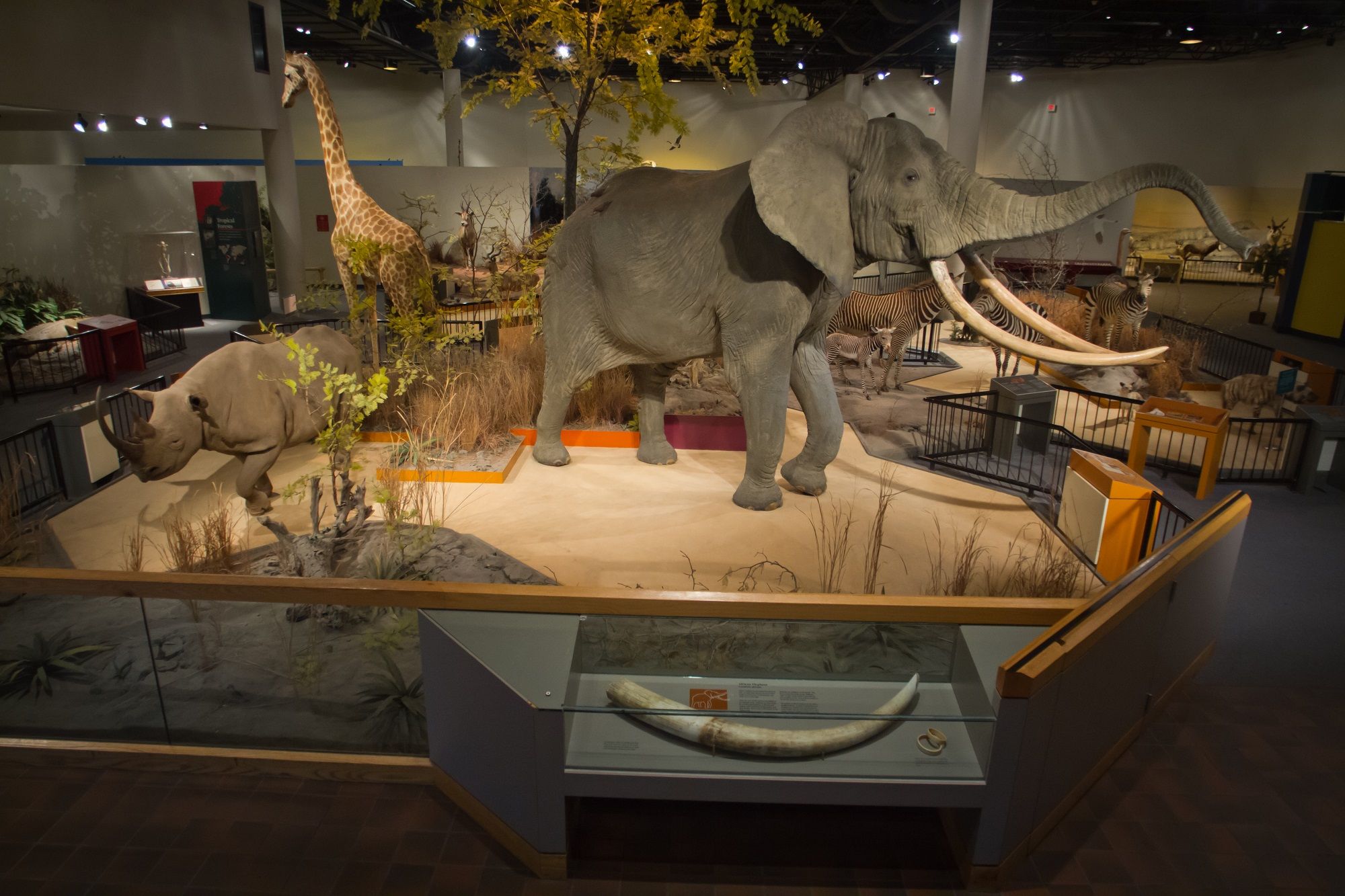Simplified: Even if a group wanted to get together and find a new home for the collection of taxidermy at the now-closed Delbridge Museum, the city is likely to say no, a visibly frustrated Mayor Paul TenHaken told reporters on Tuesday.
Why it matters
- On Tuesday, TenHaken, along with other city and zoo officials, laid out the reasons for the closure after a public outcry to save the historic specimen when the closure was initially announced earlier this month.
- The primary reason for the closure was arsenic – a chemical carcinogen used in the taxidermy process at the time the specimen in the Brockhouse collection at the zoo were preserved. On Aug. 1, the zoo received lab results showing the presence of arsenic in 79% of animals on display.
- Even if the arsenic wasn't a factor, the city is limited by state and federal law as to its options to relocate the collection – about a third of which is showing visible signs of wear, zoo CEO Becky DeWitz said. They can't move it out of state, and they can't donate, auction or sell it without maintaining liability for whatever happens with it in the future.
- And, frankly, TenHaken said, he's not interested in any other path forward.
"We don't have the appetite for it," TenHaken said of community efforts to save the collection. "And that's just the gospel according to Paul."
Why did the museum close in the first place?
There's a bit of backstory here.
- About a year ago, when the zoo and butterfly house merged, the groups started looking at a long-term master plan for the entire zoo campus.
- Initially, the zoo hired an appraiser to see what the collection of specimen might be worth if the city were to sell or auction it. But with some visible signs of deterioration, zoo leaders decided to further test the taxidermy before making any decisions.
- Test swabs of the specimen were sent to a lab in Omaha. The result? 79% of the displayed animals had detectable levels of arsenic.
The results came in Aug. 1, DeWitz said. And the museum closed that same day, though public announcement of the closure did not come until Aug. 17, after the city and zoo had a chance to connect with the Delbridge and Brockhouse families to explain their decision.
"There are no acceptable levels of arsenic," City Attorney Dave Pfeifle said.
Why not display the animals in glass enclosures?
DeWitz noted that it is possible to safely display the taxidermy animals – arsenic and all – if they were in a glass enclosure.
- However, that'd be a very costly option, and DeWitz said the zoo is looking to better "maximize" the space currently hosting the museum. It's a big building that's easily accessible, she noted.
DeWitz said the zoo is looking into cost estimates and hopes to be able to have
Can't they just send the collection to a different museum?
Not exactly.
The state of South Dakota has a law that would require the collection to remain in-state, and it could only be given to another nonprofit that intended to display it.
Even if that did happen, though, the City of Sioux Falls would still retain ownership. So, if someone did get sick from the arsenic, they could potentially sue the city.
"Can you see the lawyers lining up?" TenHaken said.
What happens next?
Because the collection is city property, the City Council must vote to declare it as surplus before it can be disposed of.
The council is expected to hear more details on the situation at a Sept. 5 informational meeting.
- The city parks board is then expected to vote on the surplus resolution at a Sept. 6 meeting before it moves to the full council on Sept. 19.
If the council votes to surplus the collection, the city and zoo will have to work with the U.S. Fish and Wildlife Service to safely dispose of the mounts – a process that's likely to take months.
"We wouldn't just take artifacts like this and treat them like a Papa John's pizza box," TenHaken said. "There's a process that we have to follow with this."


